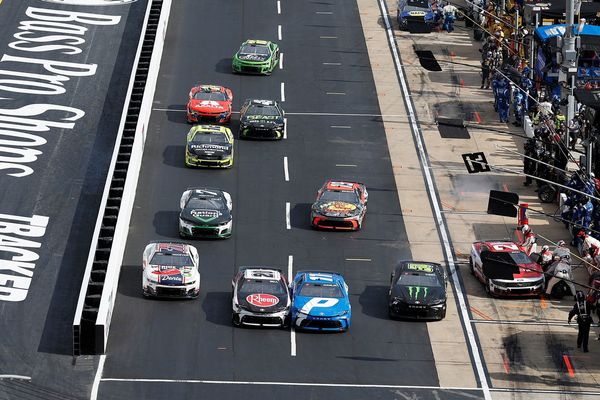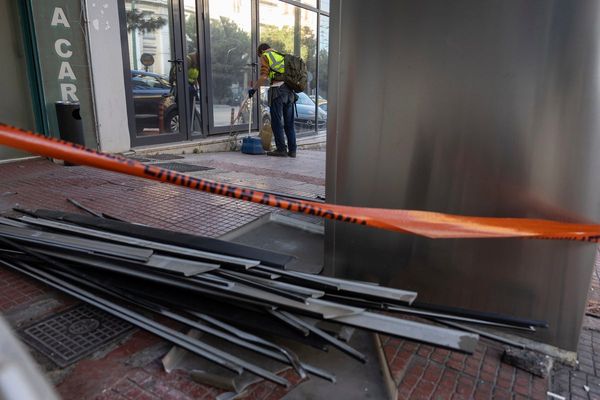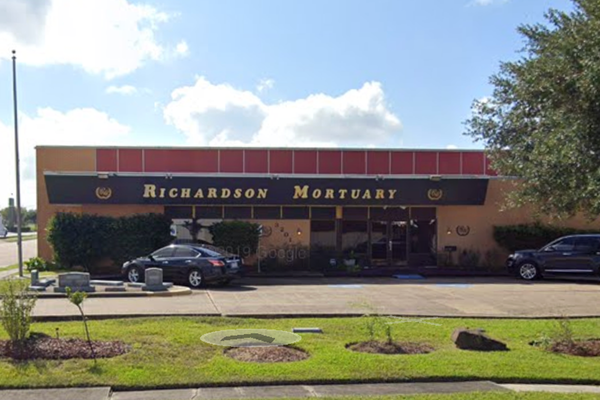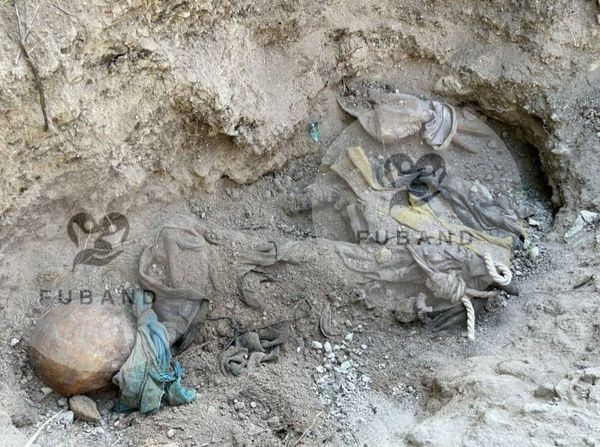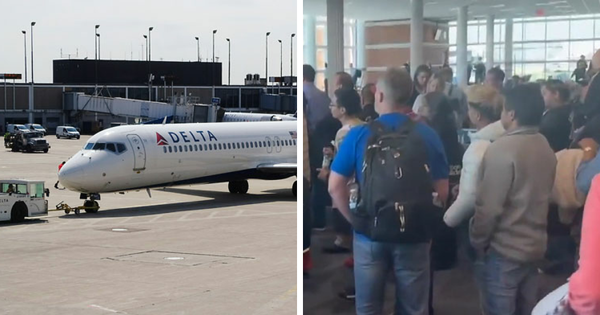
The UK economy grew by a faster-than-expected 0.5% in February, official figures showed, in a boost for the chancellor Rachel Reeves before an expected downturn sparked by Donald Trump’s tariff war.
The increase in gross domestic product in February was larger than the 0.1% that a poll of City economists had forecast, while January’s figure of a modest fall of 0.1% was revised up to zero growth.
However, it could mark the last month of expansion before the impact of the US president’s global trade war – which began in earnest last month with tariffs on Canada, Mexico and steel – began to dampen business investment and consumer spending.
The Office for National Statistics said there was growth across all sectors of the UK economy in February including the manufacturing industry, which bounced back from a long downturn.
Construction, which contracted in January, also recovered to indicate the government’s support for housebuilding was beginning to pay dividends. Within the services sector, computer programming, telecoms and car dealerships all had strong months.
However, the turnaround in the economy may not last. This month, consumers have been hit by inflation-busting utility bill and council tax increases, while employers must cope with £25bn of tax rises.
Simon Pittaway, an economist at the Resolution Foundation thinktank, said the surprise turnaround in fortunes was unlikely to continue into the spring and summer. “It is questionable whether this momentum will last, however, as Britain moves into an era of higher tariffs, and higher economic uncertainty,” he said.
The ONS figures indicated that consumers were more confident about spending despite many surveys that showed households were feeling the weight from shop price inflation over the previous three years.
Services expanded 0.3% on the previous month and consumer-facing services output rose for the fourth month in a row, by 0.7% month on month.
Capital Economics said it was possible the manufacturing sector had benefited from “tariff frontrunning” as companies in the US built up inventories to beat higher import costs.
Industrial production rebounded by 1.5% month on month after a fall in January of 0.5%. A rise of 2.2% in manufacturing from January was driven by a 2.1% increase in metals output, a 1.8% increase in transport equipment and a 4.4% rise in pharmaceuticals output.
Reflecting the boom in air travel as households used their disposable incomes to go on holiday, travel agents and tour operators experienced an 8.1% increase in income in the three months to February on the previous three-month period.
Stephen Kinnock, a health minister, cautiously welcomed the latest GDP figures but said there was still more to do to improve the UK’s economic prospects.
Speaking on Times Radio, he said: “Obviously, the stability that this government … has brought is helping investors to make plans for the longer term. That helps drive up investment, which drives up employment, drives up growth, and that is good news, of course. There is still a very long way to go.”
Reeves said the government was aware that impending tariff increases on goods exports to the US would be a heavy burden for many businesses. The chancellor said: “This government will remain pragmatic and cool-headed as we seek to secure the best deal with the United States that is in our national interest. At the same time we will be relentless in our work to kickstart economic growth, provide security for working people and renewal for Britain.”
Capital Economics said that stepping back and looking at “the big picture” showed the UK economy had grown in only four of the last nine months and that it was hard to see it “strengthening much from here”.
Mel Stride, the shadow chancellor, said: “Since coming to office, Labour’s choices have killed growth stone-dead and there is still a long way to go to recover.
“At the emergency budget, the forecasts for growth, inflation and borrowing all moved in the wrong direction because of Labour’s decisions.”
